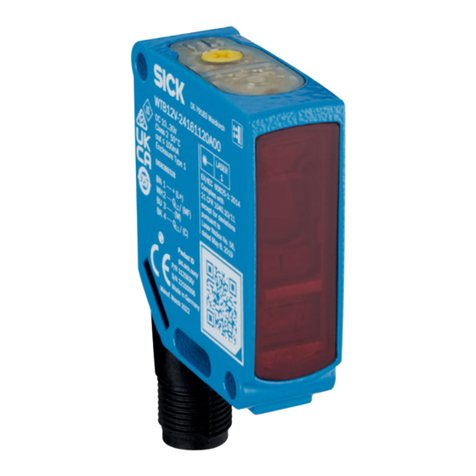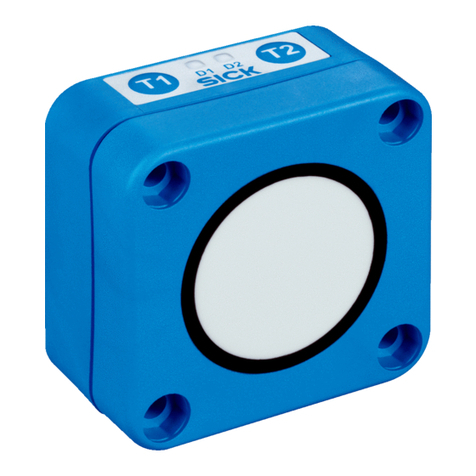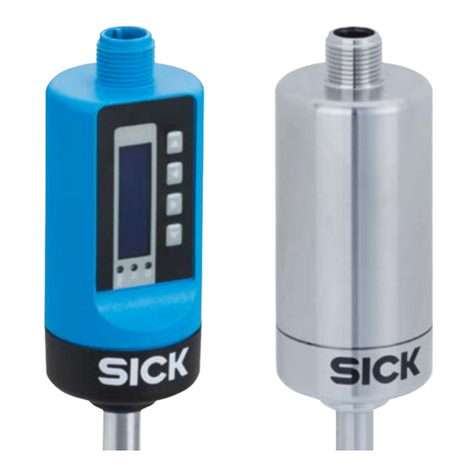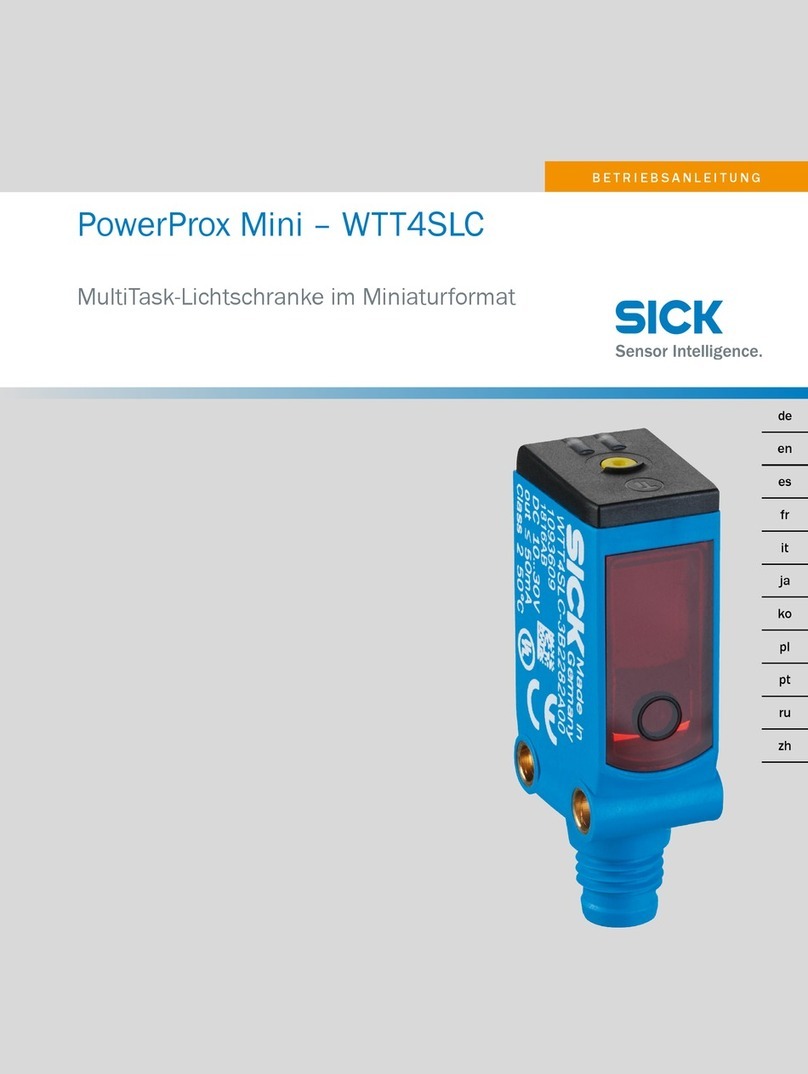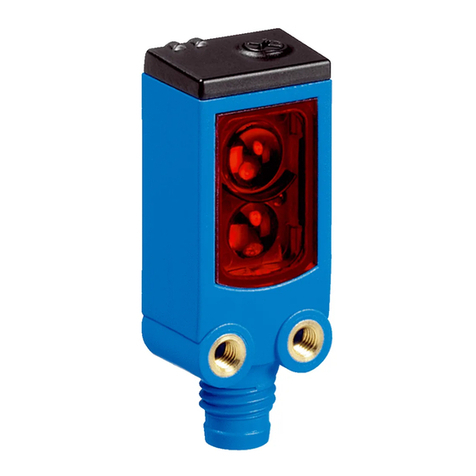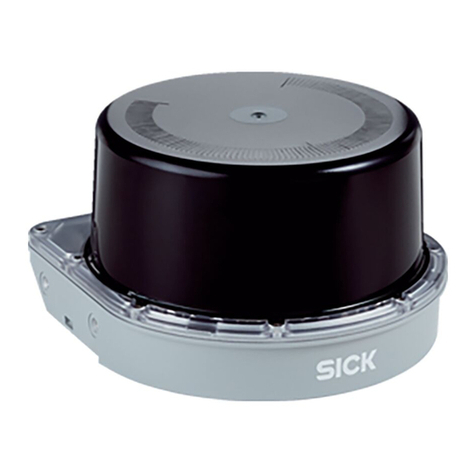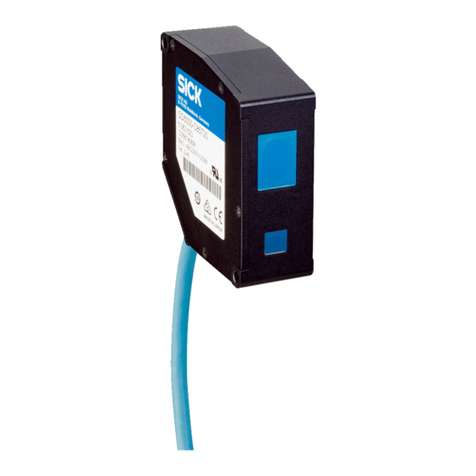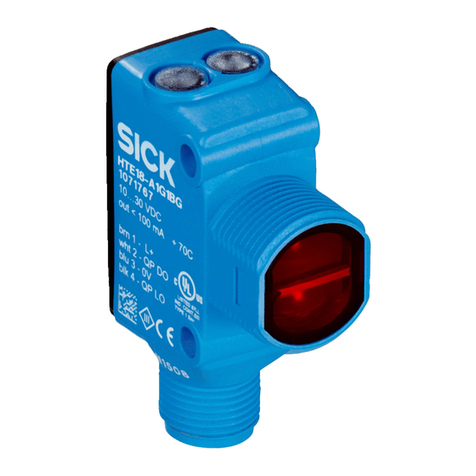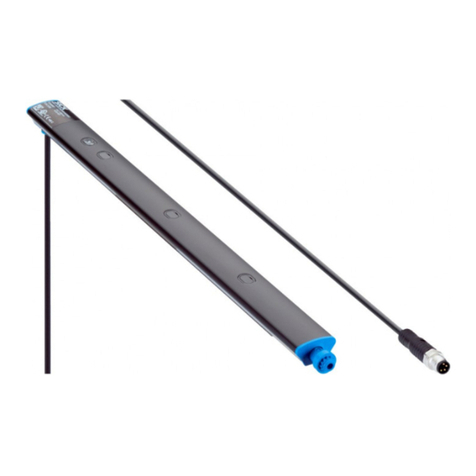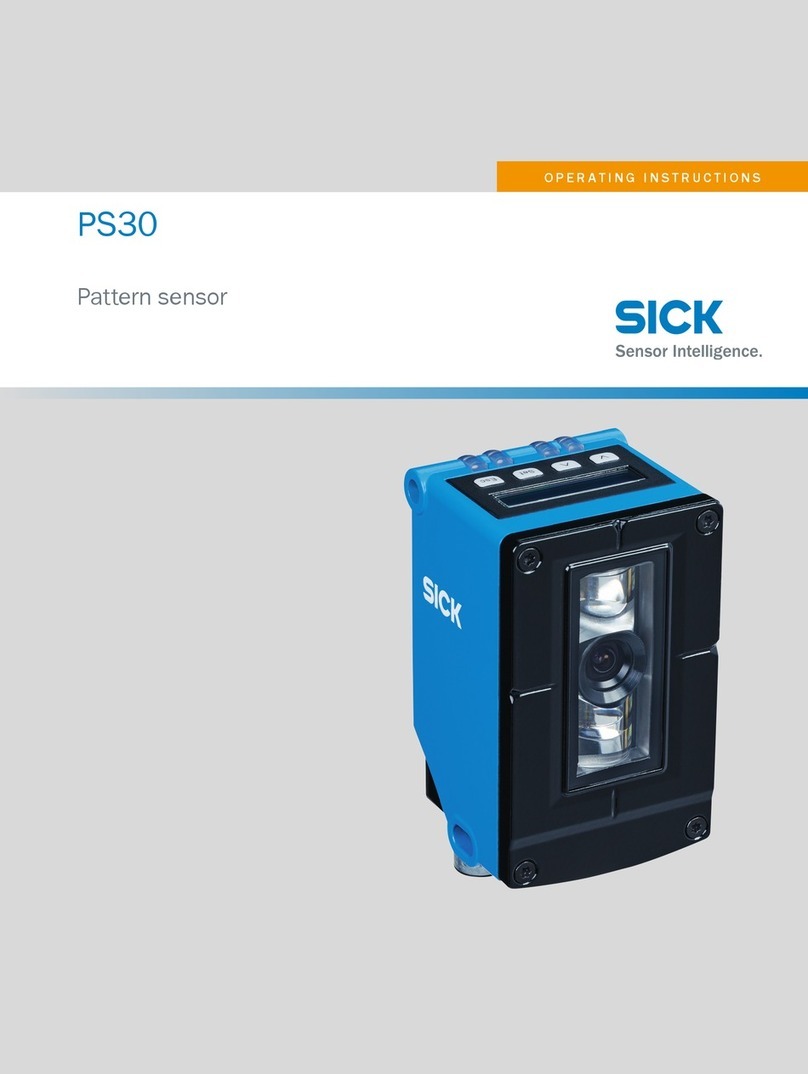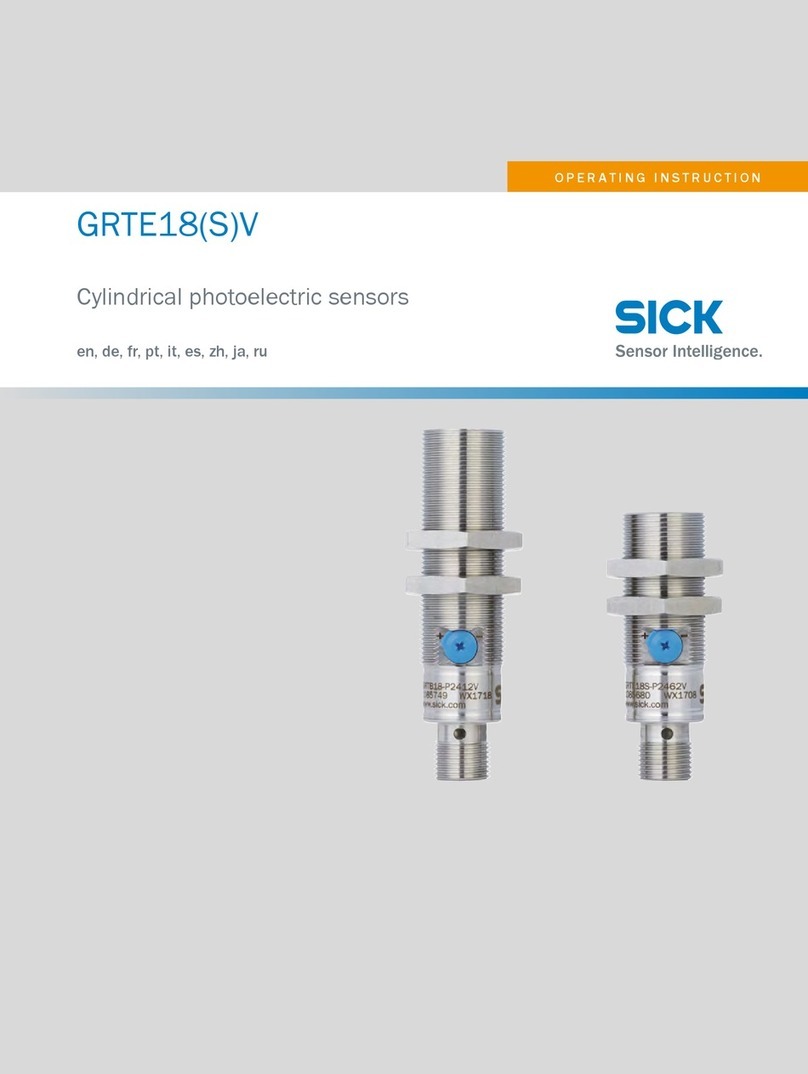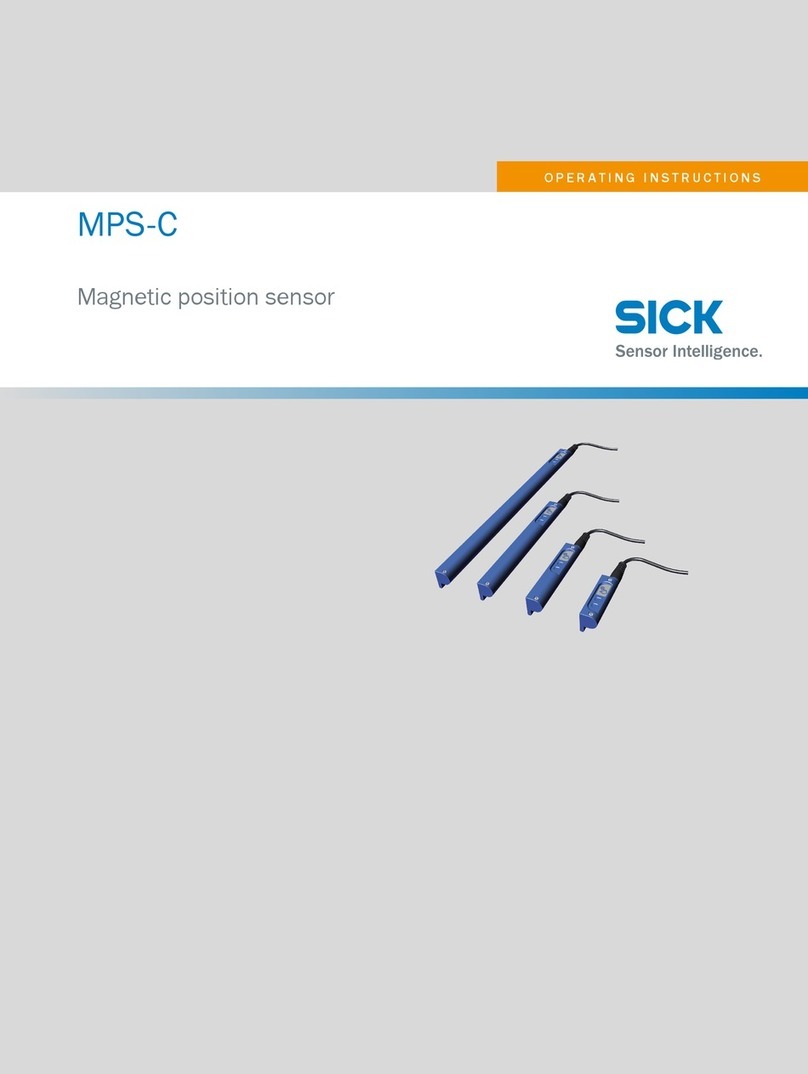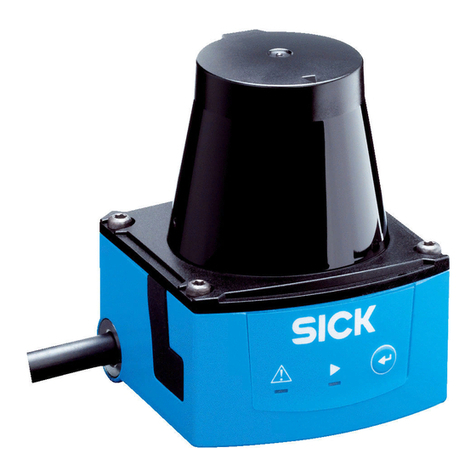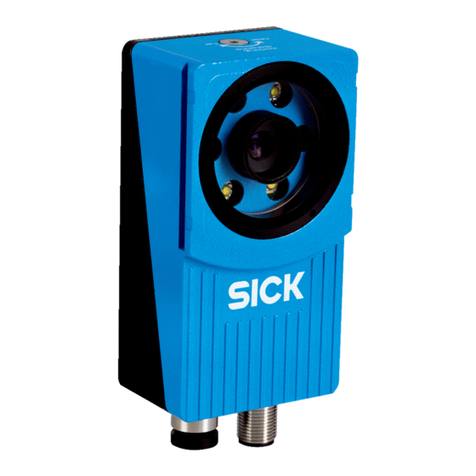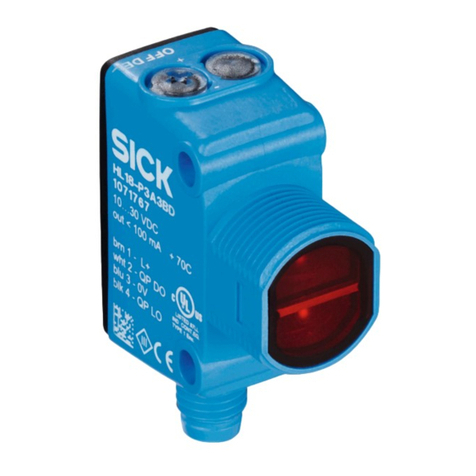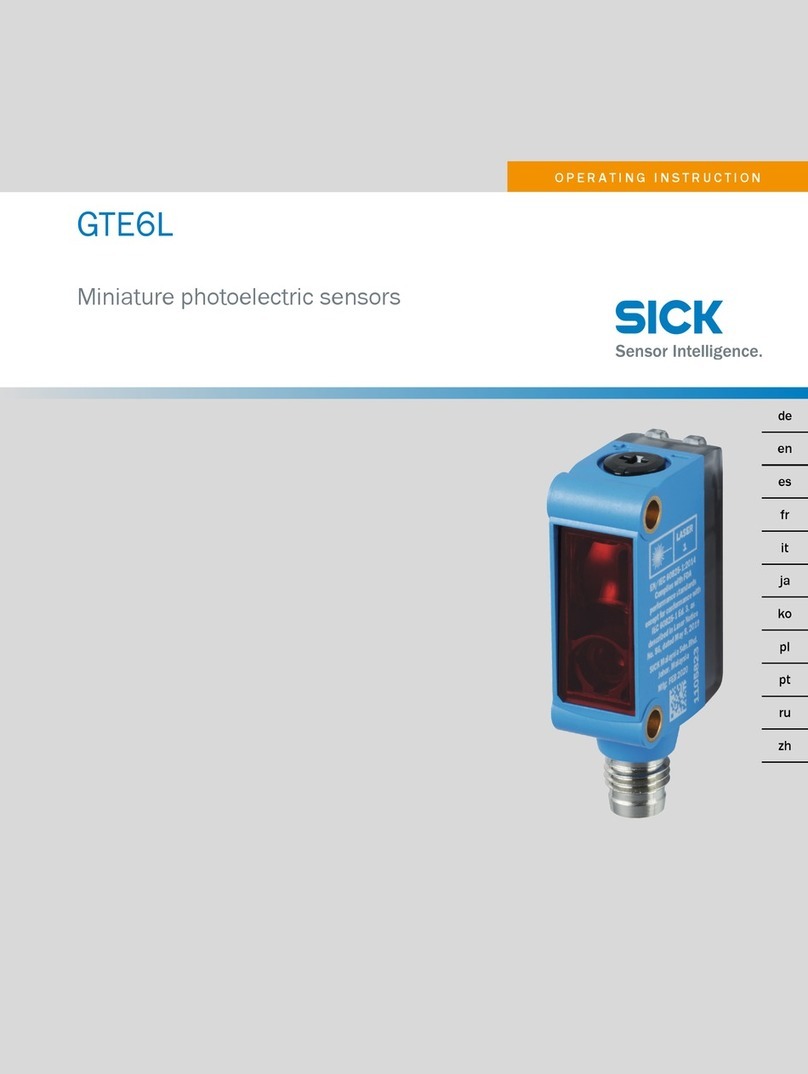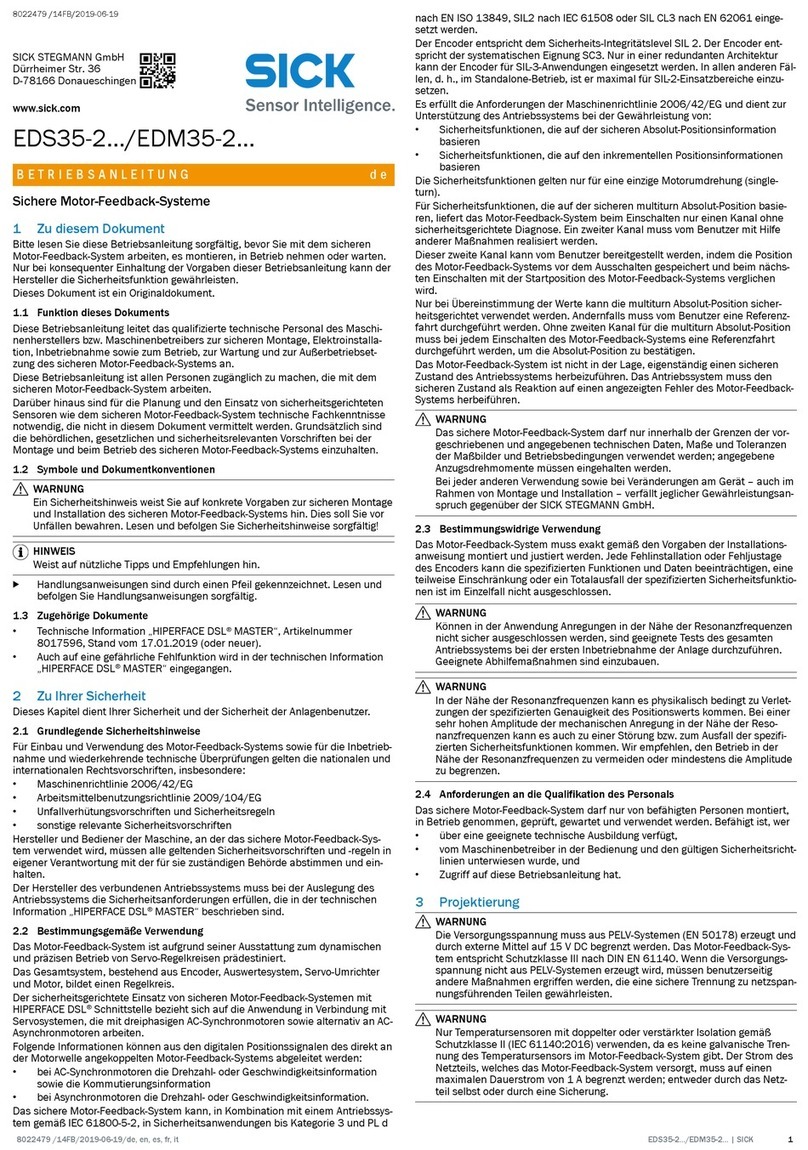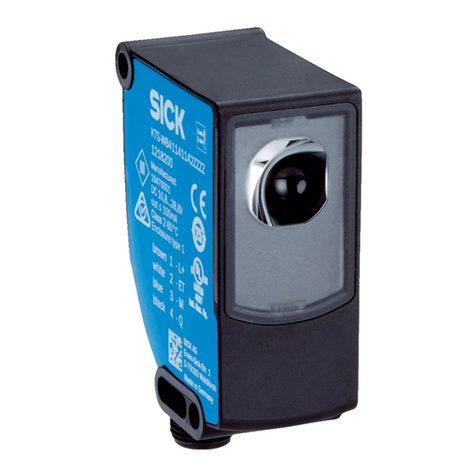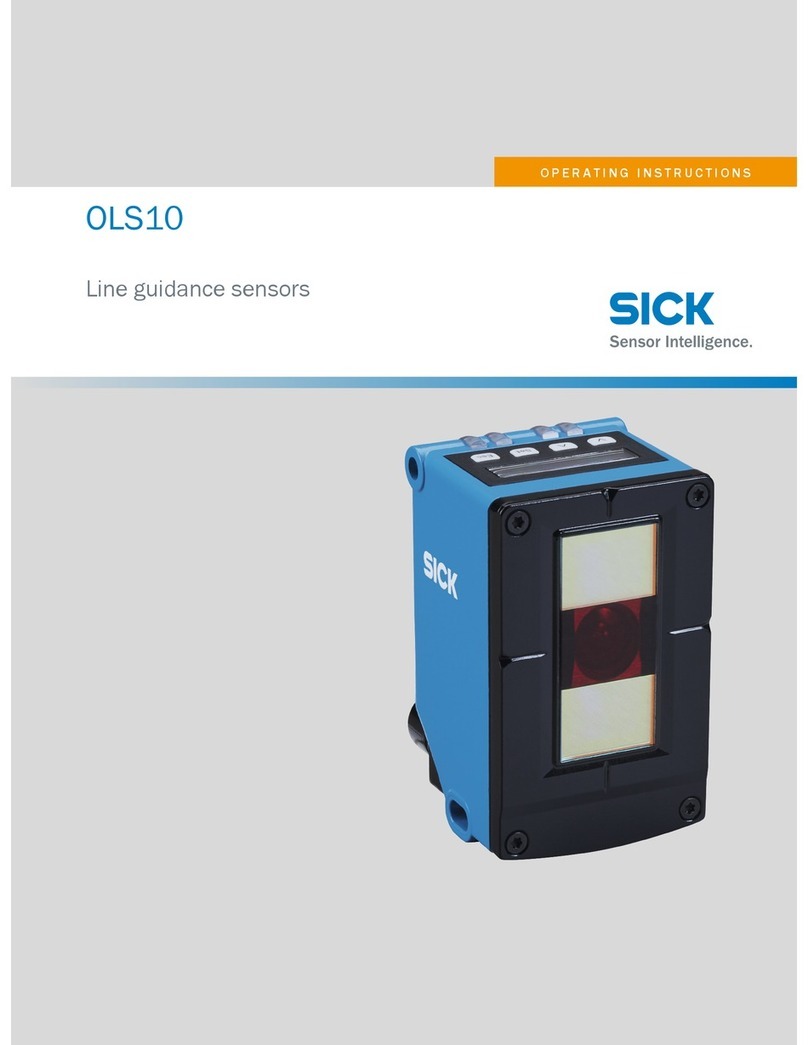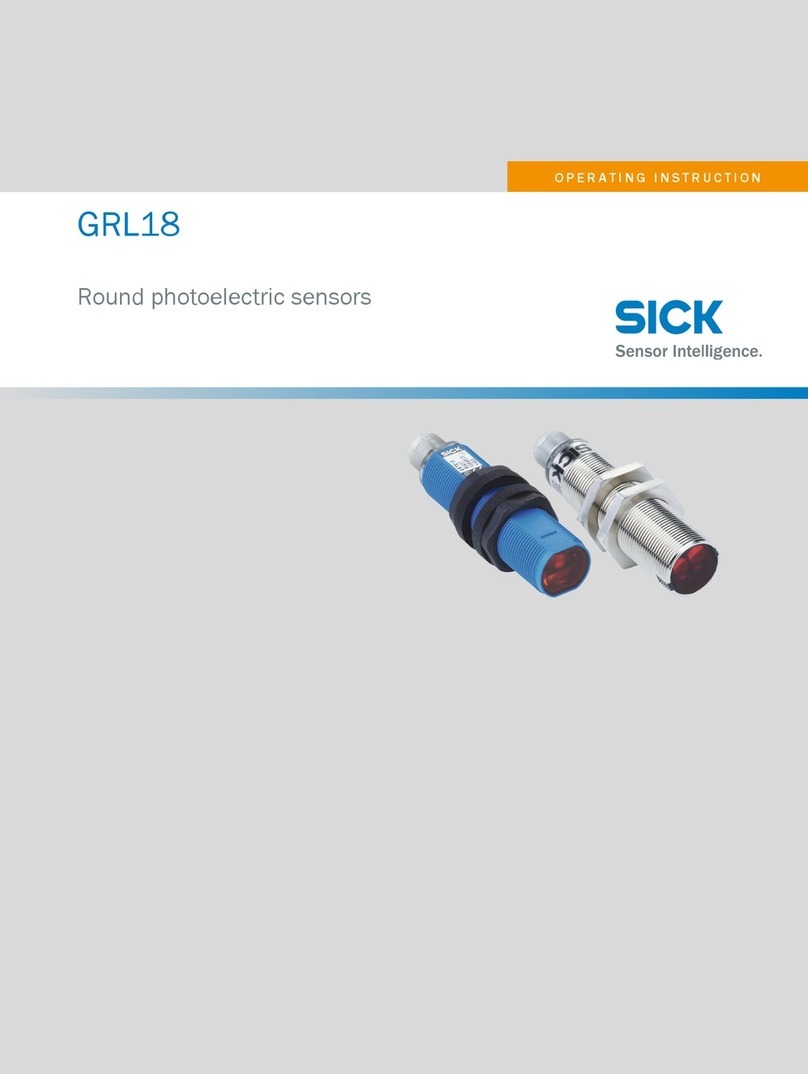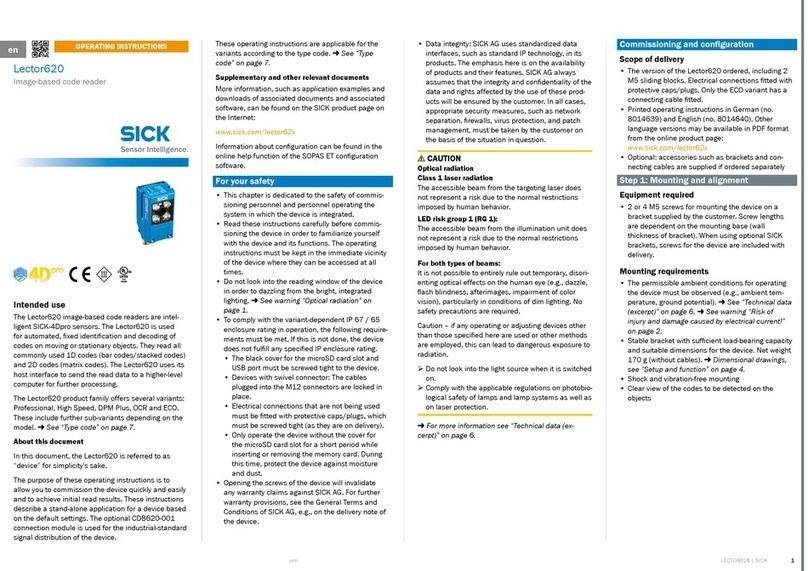
6.2 Prerequisites for safe operation of the device........................................ 27
6.3 Connection diagram................................................................................. 30
6.4 Encoder..................................................................................................... 30
6.4.1 Encoder modes........................................................................ 31
6.5 Pin assignment......................................................................................... 31
7 Commissioning.................................................................................. 34
7.1 PC Software............................................................................................... 34
7.2 Network communication settings............................................................ 34
7.3 Default SensorApp: ImageAcquisition..................................................... 35
7.3.1 Views......................................................................................... 35
7.3.2 Field of view............................................................................. 35
7.3.3 Configuration............................................................................ 35
7.3.4 Image handling controls.......................................................... 37
7.3.5 Menus....................................................................................... 38
7.4 Installing SensorApps............................................................................... 38
7.4.1 Available SensorApps.............................................................. 38
7.4.2 Installing or updating a SensorApp on the device................. 39
7.4.3 Opening the web user interface.............................................. 39
7.5 Programming the device.......................................................................... 39
7.5.1 Starting SICK AppStudio......................................................... 39
7.5.2 Lua scripting............................................................................. 39
7.5.3 Programming API..................................................................... 40
7.5.4 Tutorials and code samples.................................................... 40
8 Maintenance...................................................................................... 41
8.1 Maintenance plan..................................................................................... 41
8.2 Cleaning..................................................................................................... 41
8.3 Upgrading the firmware............................................................................ 42
9 Troubleshooting................................................................................. 43
9.1 Repairs...................................................................................................... 43
9.2 Returns...................................................................................................... 43
9.3 Disposal..................................................................................................... 43
10 Technical data.................................................................................... 44
10.1 Features.................................................................................................... 44
10.2 Ambient data............................................................................................. 44
10.3 Interfaces.................................................................................................. 45
10.4 Mechanics and electronics...................................................................... 45
10.5 Input switching levels............................................................................... 46
10.6 Output switching levels............................................................................. 46
10.7 Performance............................................................................................. 46
11 Accessories........................................................................................ 47
12 Annex.................................................................................................. 48
CONTENTS
4O P E R A T I N G I N S T R U C T I O N S | TriSpectorP1000 8022395/19OK/2020-12 | SICK
Subject to change without notice

